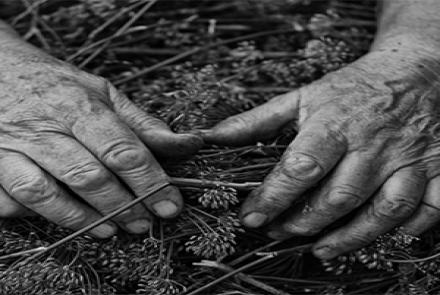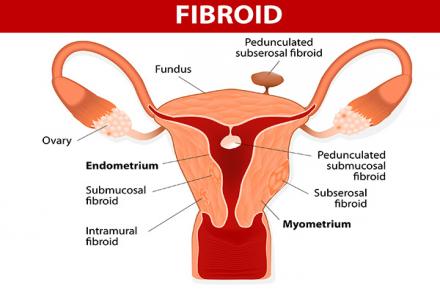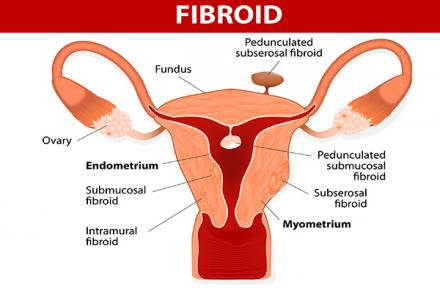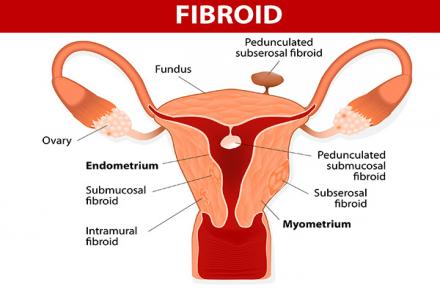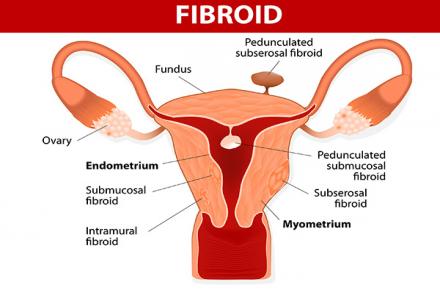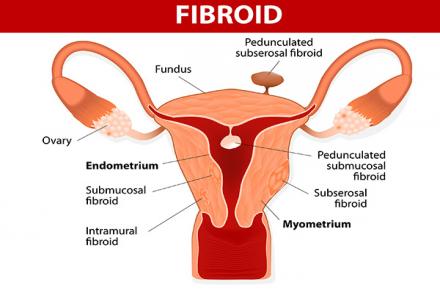Prevention of Hodgkin's Lymphoma
The exact cause of Hodgkin’s lymphoma is not yet known. The only way to prevent it is by lowering one's risk factors such as obesity, HIV etc.
Prevention of non-Hodgkin's Lymphoma
The exact cause of Hodgkin’s lymphoma is not yet known. The only way to prevent it is by lowering one's risk factors such as obesity, HIV, HTLV-1 infection etc.
Prevention of Burkitt's Lymphoma
Some risk factors associated with the Sporadic form can be lowered, most particularly…
Latest Stories
- Lymphoma is a cancer of the lymphatic system. The lymphatic system is a part of the circulatory system, which defends the body against infections. The lymphatic system is made up of organs, such as spleen and tonsils, lymph vessels and lymph nodes and they circulate lymph, a fluid, which contains lymphocytes that fight bacteria. In Lymphoma, there is an abnormal growth of the lymphocytes that then begin to accumulate in the lymph nodes of the body or in the spleen. In some cases, it can…
- Disasters such as floods have an even worse impact on people with dementia. Dr Sridhar Vaitheswaran explains what precautions and coping measures can be taken A disaster is defined as an unexpected event that kills a lot of people or causes a lot of damage (Oxford Advanced Learner’s Dictionary). During a disaster, routine life is affected to a significant extent. Individual lives are under threat and the immediate focus is on protecting lives. The capacity of organisations that generally manage…
- Traumatic events bring new problems in their wake. Porrselvi A.P. talks about dealing with Post-Traumatic Stress Disorder (PTSD) The scars of a calamity, such as the recent Chennai floods, are not always visible. Physical needs, like rebuilding a home, going back to work and keeping infections at bay, require a lot of effort but are usually managed well by the survivors within one to six months following the event. It is generally assumed that people are then back to their normal lives and have…
- Since there is no known cause of uterine fibroids, there are no clear strategies to prevent fibroids. However, it is good to know if have a high risk as per the risk factors highlighted - if you are Asian, if have a hereditary risk or if you have had early onset of menstrual cycles. Keep your weight under control. Avoid a red meat diet Limit alcohol consumption Its also important to do regular tests especially if you are in the high risk category so you can catch them early or before…
- Apart from the medication mentioned in the treatment section, the following may help manage the symptoms: Diet Eat beans and legumes as these reduce oestrogen levels Grape seed extract, red raspberry, fish, like salmon, tuna, mackerel rich in omega-3 shrink fibroids Fibre rich foods promote oestrogen excretion, eg: Dark leafy greens Broccoli Ground flaxseed Whole grains like brown rice, millet, rye and oats. These regulate good oestrogen metabolism Avoid eating soya beans, other fermented…
- The doctor may suggest some of the following: Medication: to reduce symptoms Tranexamic acid: Tranexamic acid helps in clotting of blood in the uterus, thus reducing bleeding. Anti-inflammatory drugs : These drugs reduce the production of progesterone. Progestrone contributes to the heavy and abnormal menstrual bleeding. They don’t shrink the fibroids but they reduce the symptoms of fibroids. LNG-IUS (Levonorgestrel intrauterine system): A plastic device is placed in the uterus…
- Your doctor may suggest one or more ofthe following diagnostic tests: Blood test: Complete blood picture to check for anaemia Ultrasound: This is done when the patient has heavy bleeding or any of the other symptoms associated with fibroids. Magnetic resonance imaging (MRI): Helps in identifying the location and size of fibroids. Trans vaginal scan: A small scanner is inserted into the patient’s vagina to view the uterus. Hysteroscopy: A small telescope is introduced into the…
- Depending on the location and type of fibroids, the sympoms may vary. Submucosal: cause heavfibroiy bleeding, long periods and irregular bleeding between the cycles. Subserosal: cause bulk symptoms, such as pain and pressure in the pelvis, abnormal and excessive menstrual bleeding, pressure on spinal cord. Intramural: put pressure on the spinal cord, rectum and pelvis, but are asymptomatic unless they grow in size. Pedunculated: puts pressure on the spinal cord, thus causing lower…



